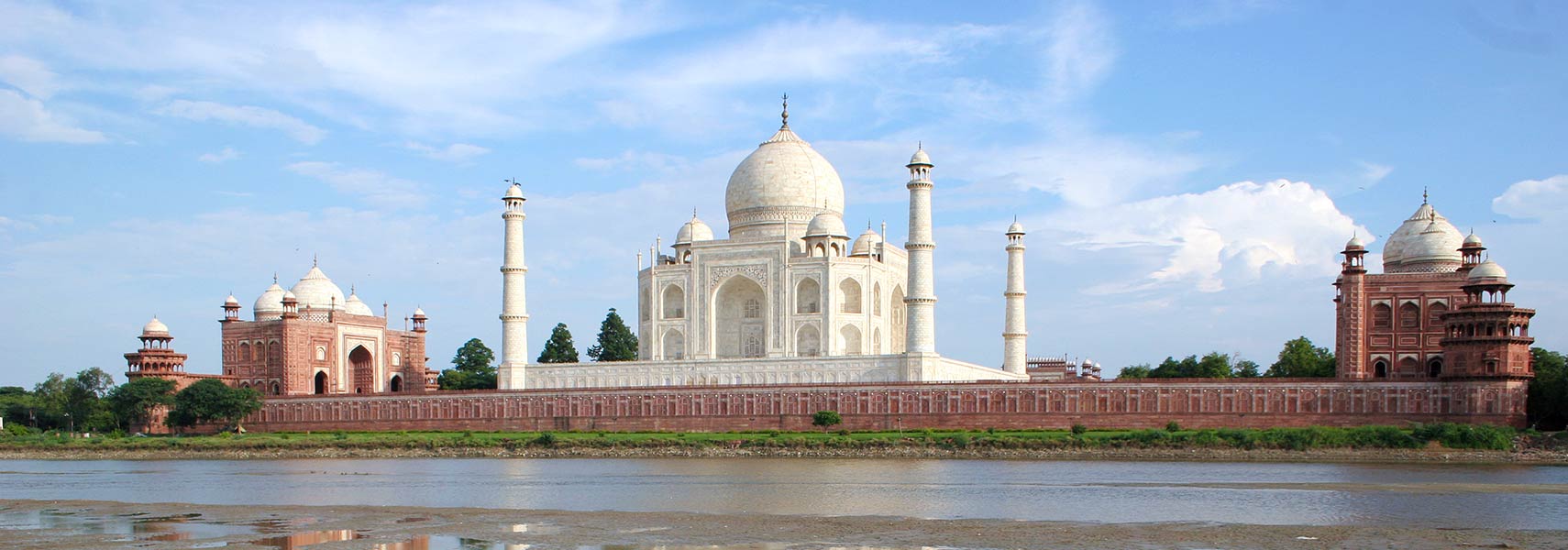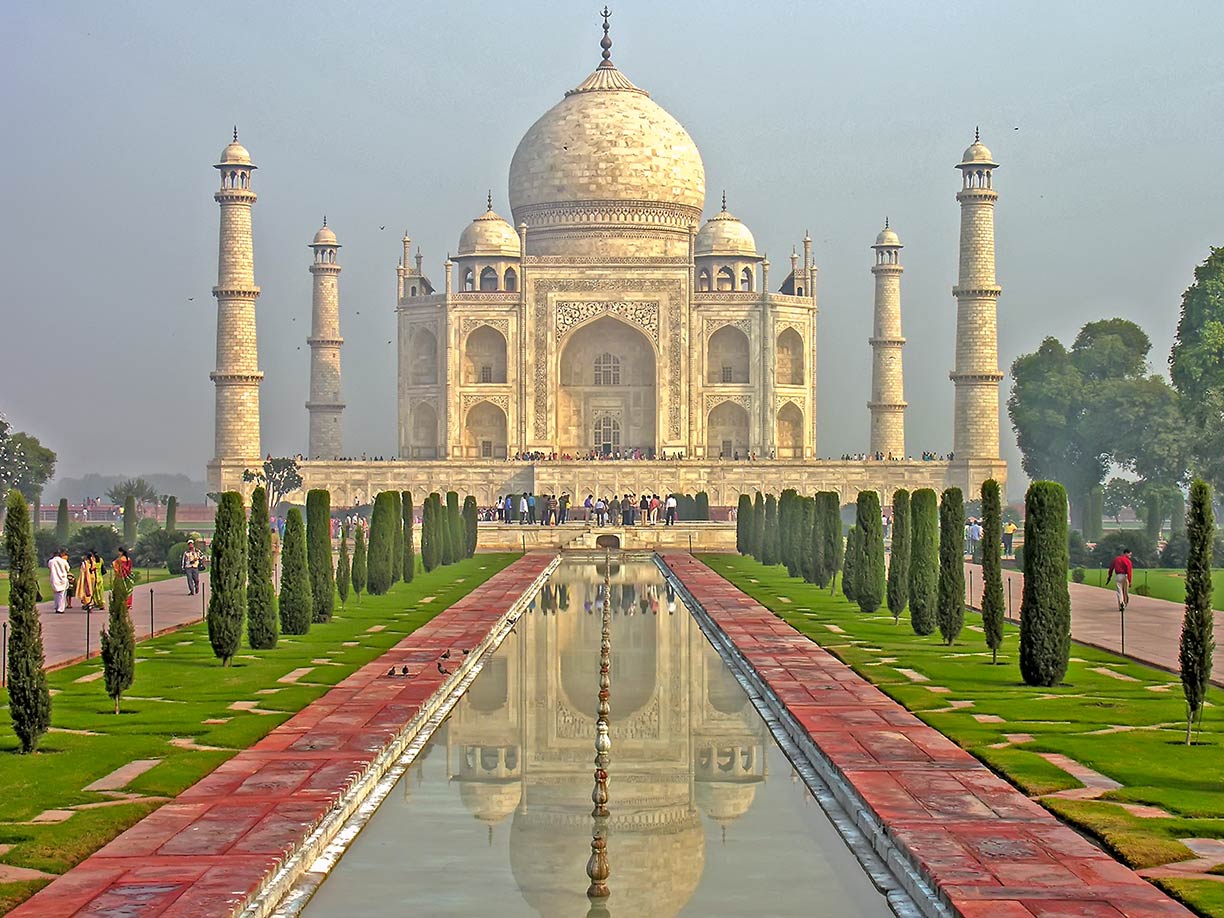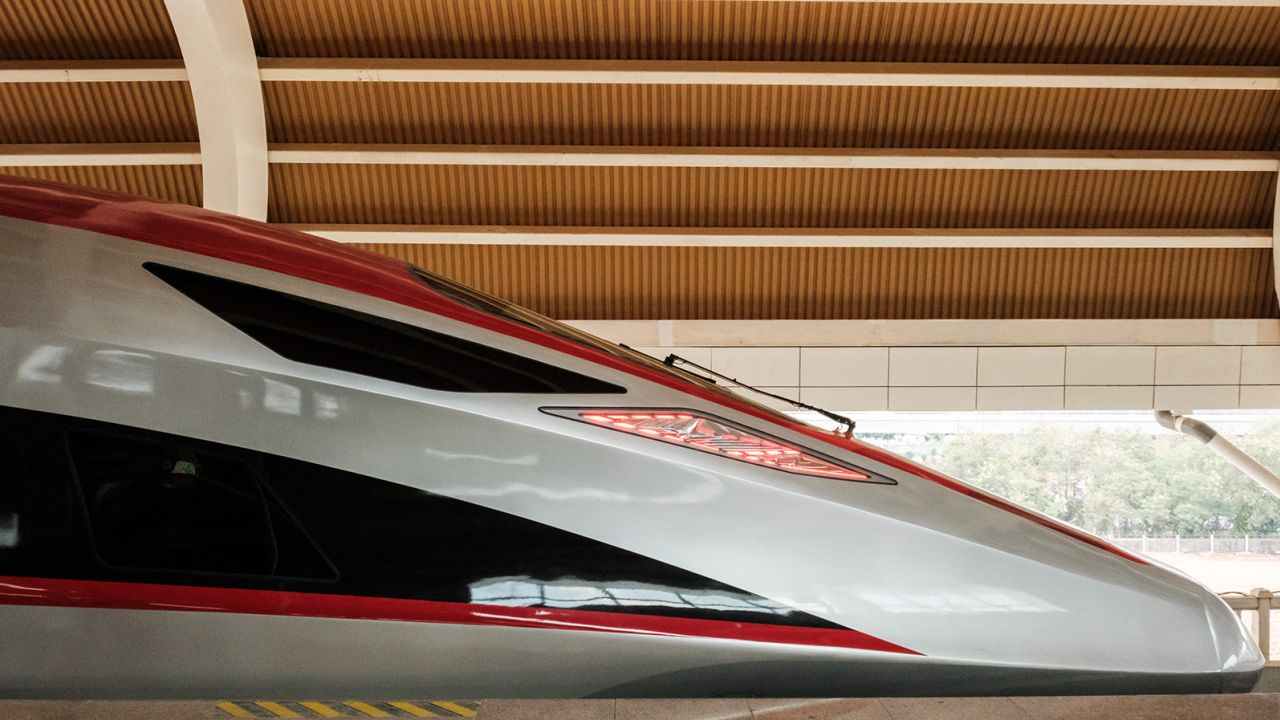Experiment on changing my MTB handle bar with BMX! Its improve the comfort!
Recent newsUnbelievable! Its comfort actually!
read more(Comments)

Taj Mahal world heritage site in the city of Agra, Uttar Pradesh, seen from the banks of Yamuna river, with Mihman Khana or assembly hall (left) and Taj Mahal mosque (right), the two almost identical buildings on either side.
Annotated map of the Taj Mahal, the world's most famous tomb.

Taj Mahal, the famous mausoleum in white marble is reflected in a pool flanked by cypresses.
Image: Dennis Jarvis
On June 17, 1631, a Persian princess and the queen consort of the Mughal Empire, died shortly after giving birth to a daughter.
The princess given name was Arjumand Banu, she was the niece of Empress Nur Jahan, the most powerful and influential woman at court, in time when the Mughal Empire was at its peak.
Arjumand Banu was born in Agra on 27 April 1593; she was married, aged 19, to Prince Khurram, better known by his reign name as Shah Jahan, the fifth Mughal emperor, who reigned from 1628 to 1658.
Devastated by the death of his beloved wife, the Shah got down to work at once and built the Taj Mahal as his monument for eternal love. Or so the story goes.
Construction
The construction of the mausoleum began in 1632. Legions of architects, laborers, artisans, stonemasons, dome-builders, carpenters, artisans, sculptors, calligraphers, lapidaries and inlay artists went to work to build the most amazing monument India's.
The construction site on the right bank of the Yamuna River on the outskirts of Agra (the birthplace of the princess) was brimming with activity. Goods from all corners of India and various neighboring countries arrived. Construction material like marble, bricks, mortar, semiprecious, and precious stones was delivered by boats, oxcarts, caravans, elephants, donkeys, and horses. Traders, hawkers, star-mongers, curious spectators, beggars, and mullahs pursued their businesses.
To accommodate the army of workers, a whole town, named Mumtazabad (today Tajganj), evolved around the construction site, a settlement with living quarters, food stalls, meat, fruit, and vegetable markets, shops, warehouses, stables, a bazaar, and a caravanserai.
Taj Mahal
The Indo-Islamic architecture is full of symmetry, but the building complex of the tomb sits at the northern end of the garden, close to the river and not in the center. The location is intended to intensify the impression of greatness.
The domed centerpiece of the monument is the building that contains the tomb of Mumtaz Mahal. The multi-chambered cube with chamfered corners is made of a brick masonry structure (lakhauri) and clad with white marble, adorned with intricate marquetry (stone inlays or parchinkari). Four 40 m tall minarets at each corner complete the shrine. The whole structure stands on a square pedestal. To the west and the east side of the memorial are two red sandstone buildings that mirror each other. The building on the left is a mosque, the other on the right is known as Mehman Khana or "Jawab" (literally "answer"), the pendant to the mosque, possibly used as a guesthouse or as an assembly hall, but the purpose of the Jawab remains unclear.
The "crown of buildings" is a famous symbol of the Indian nation; it is a UNESCO World Heritage Site since 1983.
Environmental Issues
The manufacturing hub Agra is in the Top 10 of India's most polluted cities. Air and water pollution, insects, acid rain, and tourists affect the marble of the Taj Mahal.
Tourist Traps
Be aware, poverty is still a significant issue in India; in the eyes of many Indians, tourists are wealthy. Like in many South-Asian countries, admission fees for foreigners are much higher than for locals. Watch out for petty scams. Local tour guides and photographers may try to rip you off. Overpriced handicraft shops, rickshaws, taxis, and restaurants.
Zoom out to find the location of Agra Fort; the 16th-century walled city is also a UNESCO World Heritage Site
To find a location use the form below.
Unbelievable! Its comfort actually!
read moreAs time went by, this blog was developed for many different purposes. Last time, I had a lot of pleasure in sharing some of my Lego-related hobbies. However, I will mostly upload a blog about bikes and their development in the next few months! Recently, I have so much into ebike cargo. They say this type of bike can replace the car! And I am very into it since my place is crowded with traffic jams! The video above showed a funny situation: I started the review from Brooks's handle! And after nine years! It's still an excellent bike handle and not even destroyed!
read moreKeep Watching
Hi, hi, hi. So, it's been a while for the last couple of weeks since I have considered buying a cargo bike. The reason is that I am often trapped in a traffic jam because I can't get faster in my car.
read moreIndonesia has launched Southeast Asia’s first-ever bullet train, a high-speed rail line connecting two of its largest cities.Congrats! Indonesia launched Southeast Asia’s first bullet train.

Custom LEGO Transformers Devastator
My faith in humanity is restored! OK, that’s a bit overboard – but you couldn’t blame me if you see an incredibly, exquisitely and wonderfully executed custom LEGO Transformers Devastator such as this by Alex Jones. I feel transported to the 80’s once again, with the same intense childhood wonder when I first saw the Constructicons combine and become the formidable Devastator.

Collaboratively administrate empowered markets via plug-and-play networks. Dynamically procrastinate B2C users after installed base benefits. Dramatically visualize customer directed convergence without
Comments